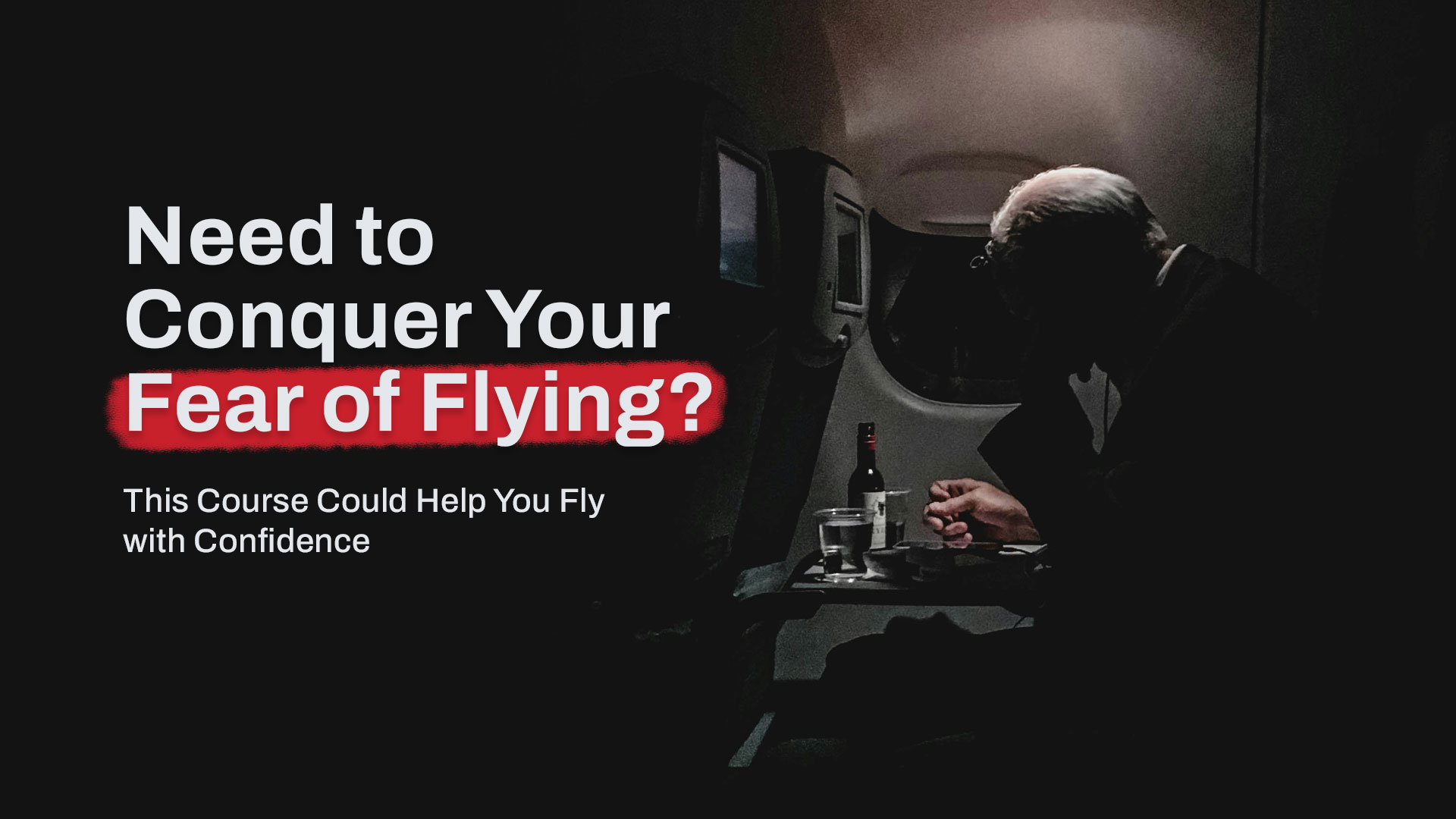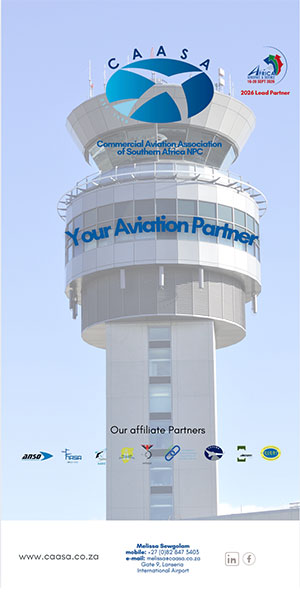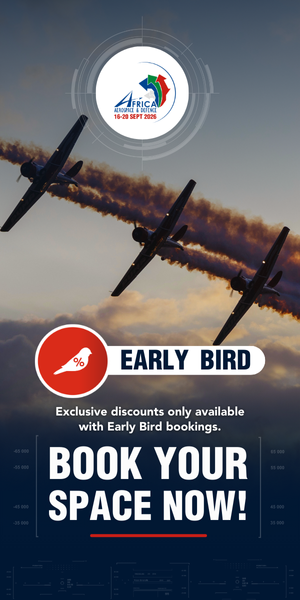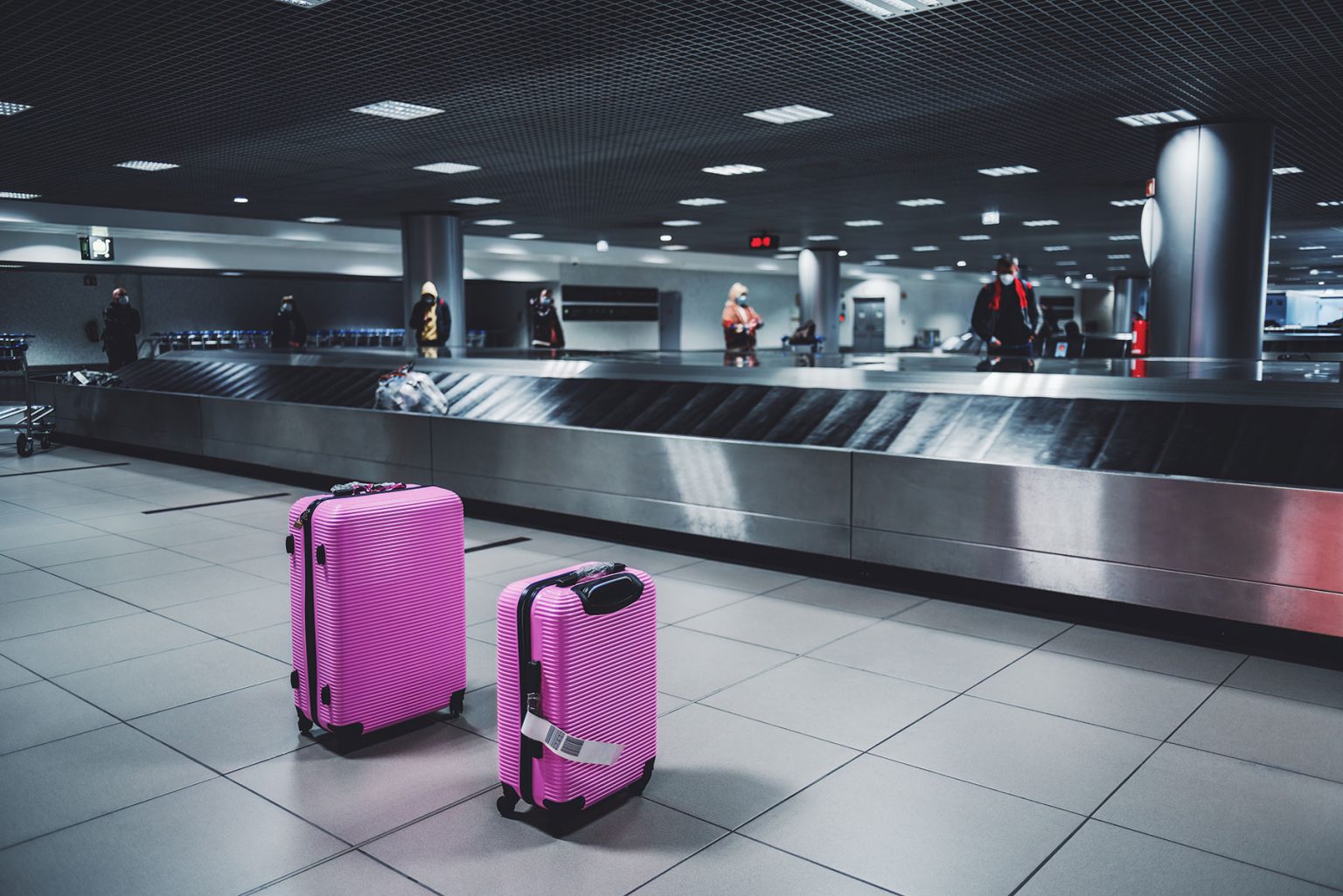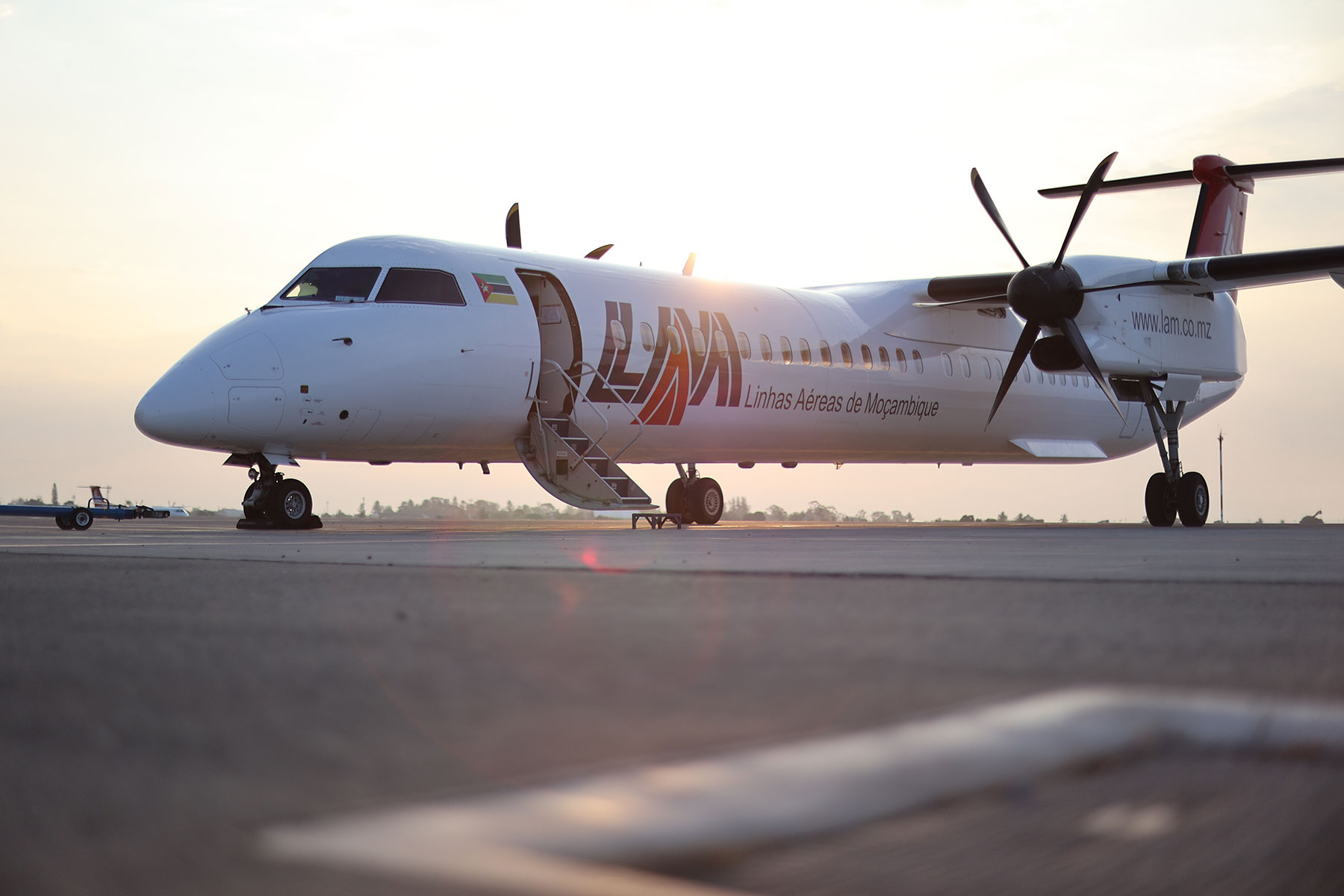Simuflight and Clinical Psychologist, Shai Friedland have launched a practical course using Cognitive Behavioural Therapy (CBT) techniques to overcome the fear of flying.
For many, the thought of stepping onto an aircraft sparks overwhelming anxiety—a fear that can range from mild discomfort to complete avoidance of air travel. While some passengers are concerned about turbulence or the possibility of an accident, others fear claustrophobia, heights, or the lack of immediate medical assistance.
To tackle this widespread issue, Simuflight, in collaboration with Clinical Psychologist, Shai Friedland, have introduced a Fear of Flying course. This structured programme uses Cognitive Behavioural Therapy (CBT) techniques to help individuals manage and ultimately overcome their fear of flying.
Understanding the Fear of Flying: More Than Just a Fear of Crashing
According to Friedland, the fear of flying is a complex phobia that extends beyond the common fear of an aircraft accident. It includes a range of anxieties, such as:
- Claustrophobia – A fear of being in an enclosed space with no way to exit
- Fear of heights – An overwhelming discomfort with altitude
- Turbulence anxiety – Fear of sudden movements or instability during a flight
- Social anxiety – Worry about embarrassing oneself in front of other passengers
- Medical concerns – Fear of experiencing a medical emergency mid-flight with no immediate help available
While many people feel some level of nervousness about flying, Friedland notes that for 2–5% of passengers, this fear is debilitating, preventing them from flying altogether. Additionally, up to 25% of travellers experience Some form of anxiety before or during a flight.
“The fear stems from the body’s natural fight-or-flight response, which misinterprets flying as a life-threatening situation,” explains Friedland. “In response, some people completely avoid flying, while others try to numb their fear by drinking alcohol, taking medication, or using distraction techniques.”
The problem with these coping strategies, however, is that they reinforce the belief that flying is dangerous. Over time, avoidance makes the fear stronger, making each attempt to fly even more daunting.
The Fear of Flying Course: A Structured Approach to Managing Anxiety
The Fear of Flying course, is based on scientifically proven Cognitive Behavioural Therapy (CBT) techniques. The programme consists of six sessions, each lasting between three and four hours.
Key Elements of the Course:
- Understanding Emotions and Anxiety
- Participants learn what anxiety is, how it develops, and how it impacts the body and mind
- An overview of the psychological and physiological responses to fear
- Education on Flying
- Explaining the mechanics of flight, the safety of aviation, and what to expect during a flight
- Understanding turbulence, takeoff, and landing to eliminate uncertainty
- Coping Strategies and Self-Regulation Techniques
- Practical exercises to manage physical symptoms of anxiety
- Cognitive techniques to reframe negative thoughts about flying
- Exposure Therapy: Gradual, Step-by-Step Desensitisation
- Participants start with written exercises, gradually imagining flight scenarios
- Simulated flight experiences using Simuflight’s flight simulators
- In-person exposure to real aircraft environments
- Final Exposure: A Real Flight Experience
- For those who complete the course, an optional real flight is offered – to help apply the newly learned skills
Using Simulators as a Key Exposure Tool
A component of the course is Simuflight’s flight simulators. Unlike traditional therapy, which relies on imagination, the simulator provides a controlled but realistic exposure to flying.
“The simulator allows participants to experience flying without actually leaving the ground,” says Friedland. “For some, just stepping into the cockpit is a major step forward. We start with observation, then allow them to sit in the simulator before gradually simulating takeoff, cruising, and landing.”
The flight simulator also provides options to customise the experience, adjusting conditions to simulate turbulence, bad weather, or different flight phases—all while allowing participants to apply their anxiety management techniques in real-time.
How the Course Helps Participants Break the Cycle of Fear
Friedland explains that one of the biggest challenges with the fear of flying is the cycle of avoidance.
- Short-term coping strategies (like alcohol or medication) provide temporary relief
- This reinforces the brain’s belief that flying is inherently dangerous
- The next time a flight is necessary, fear and anxiety become even stronger
The only way to break this cycle is through gradual exposure and emotional regulation—which is exactly what the Fear of Flying course aims to achieve.
“The key is to acknowledge fear, not suppress it,” says Friedland. “We teach participants how to sit with their emotions, understand them, and manage them in a structured way. Over time, their brain begins to relearn that flying is not dangerous, and the anxiety diminishes.”
Who Can Benefit from This Course?
This programme is designed for:
- Individuals who avoid flying altogether due to anxiety
- Frequent travellers whose jobs require air travel but struggle with fear
- People who experience significant distress leading up to or during a flight
- Anyone looking for practical tools to manage their emotions and gain confidence in flying
As Friedland explains, modern life often requires air travel—whether for work, visiting family, or leisure. “Many people have family members spread across the world or job responsibilities that demand frequent flying. Learning to overcome fear can open doors to greater freedom and opportunities.”
The Fear of Flying course is not just about flying—it’s about gaining control over anxiety and reclaiming confidence. Through scientific techniques and structured exposure, participants can break free from their fear and take flight with ease.
For those who have let fear dictate their travel choices, this course could show you how to embrace the freedom of flying.
For more information, interested participants can contact:
Shai Friedland MA Clin. Psych. (UNISA)
E-mail: az.oc.dnaldeirfiahs@iahs
